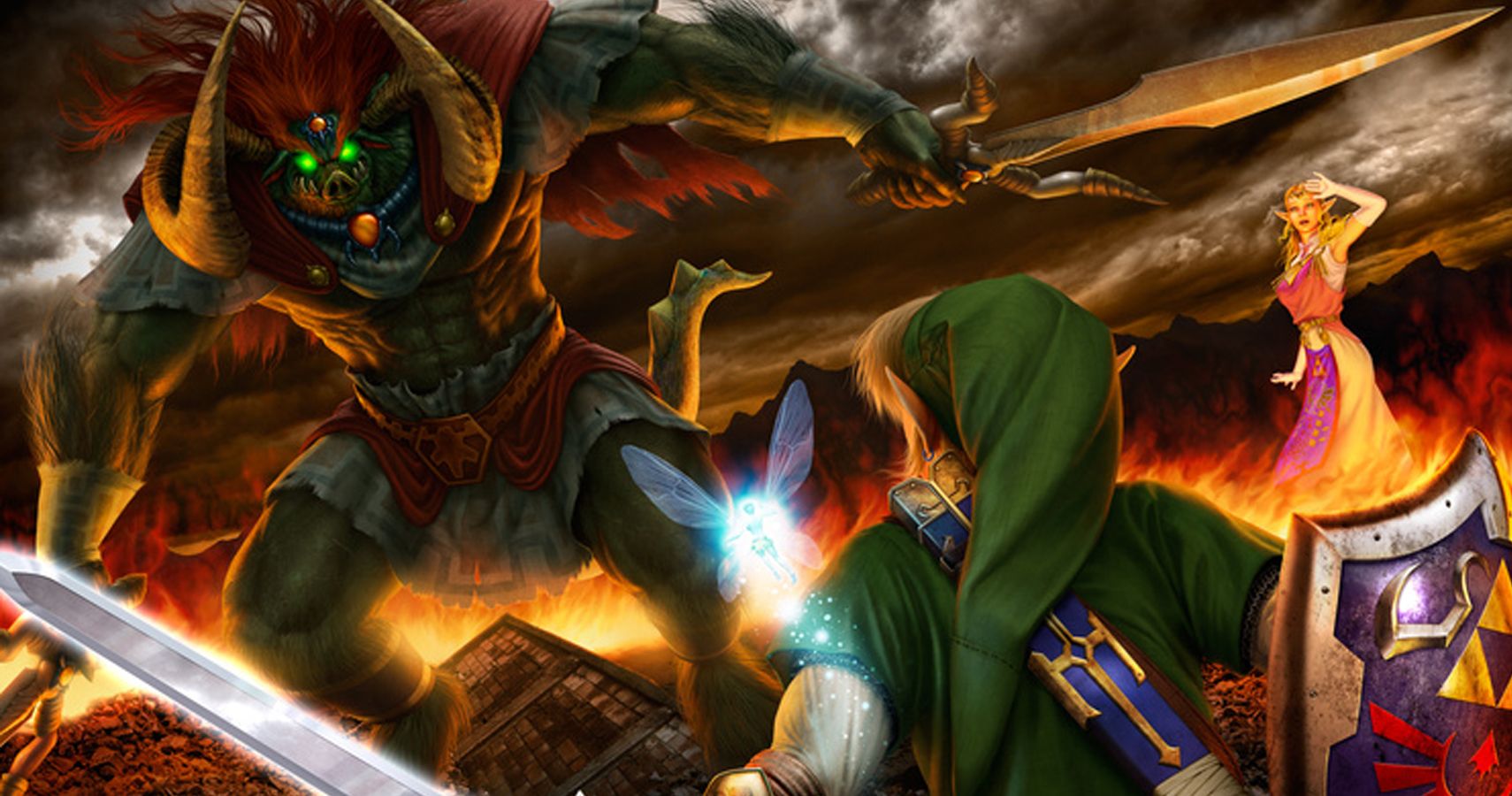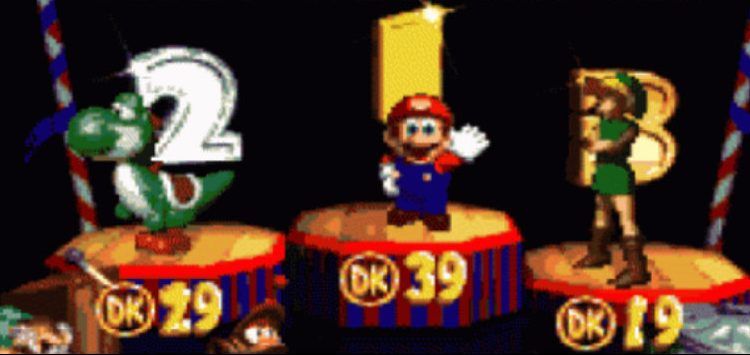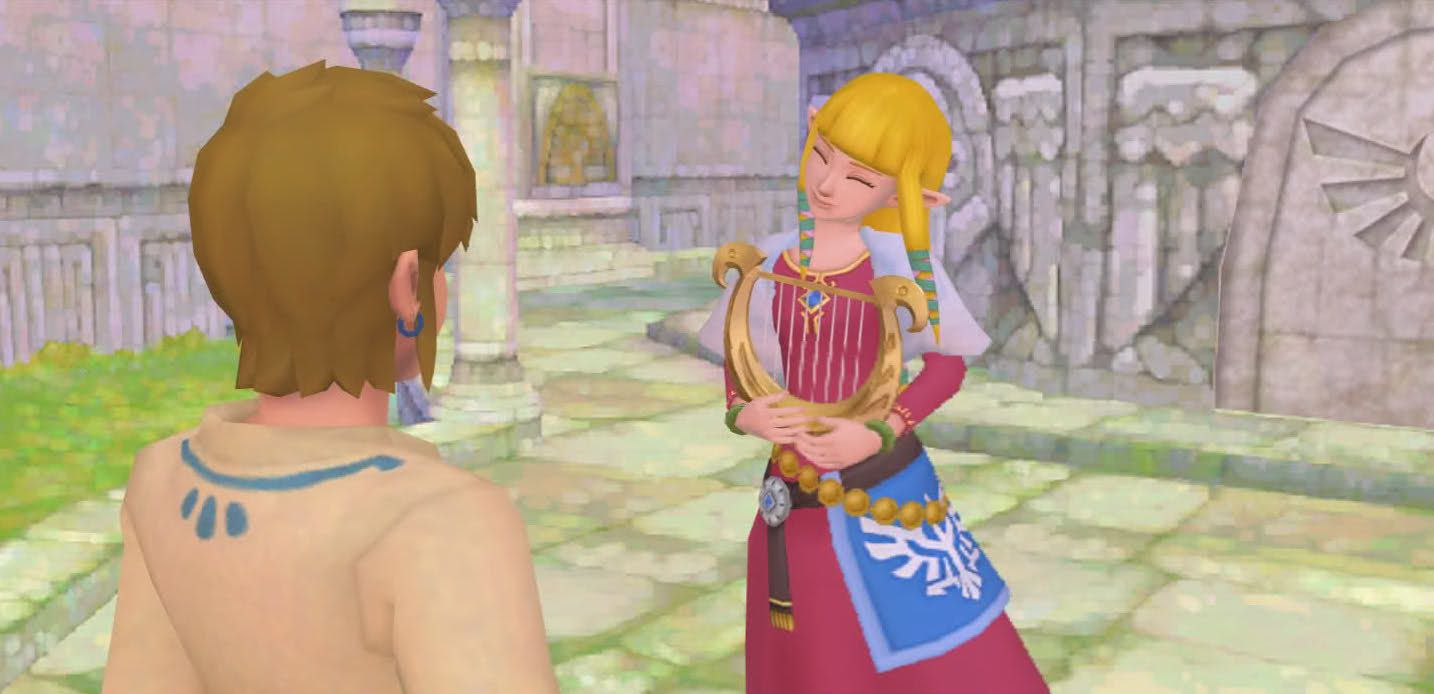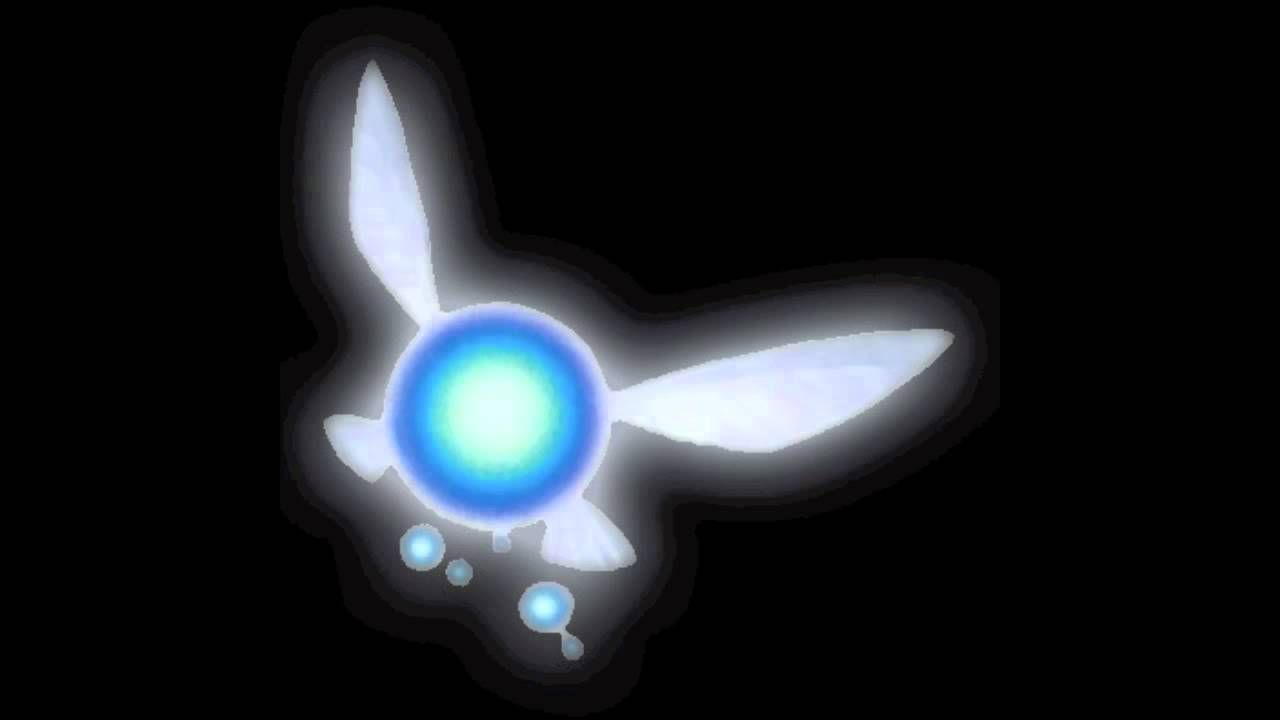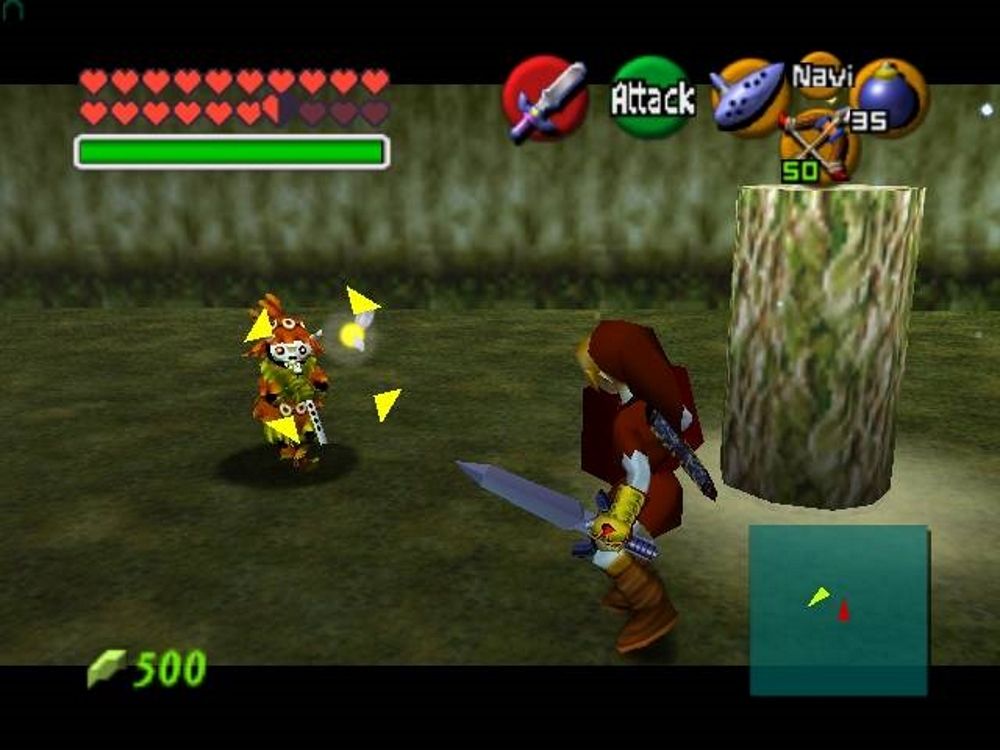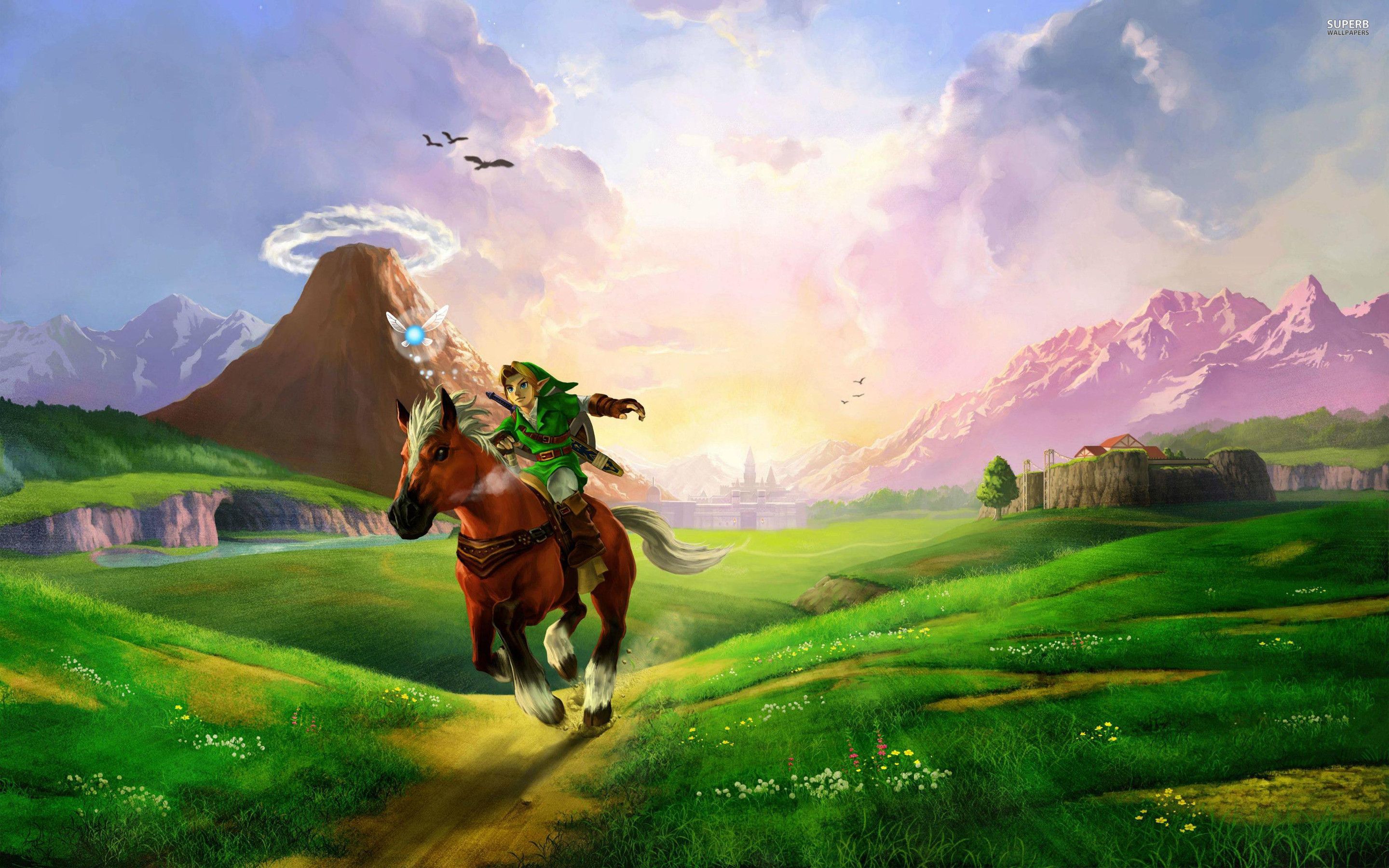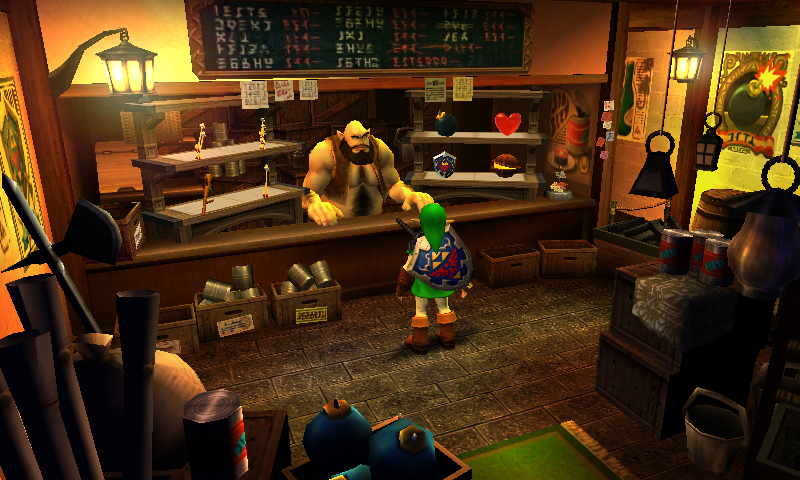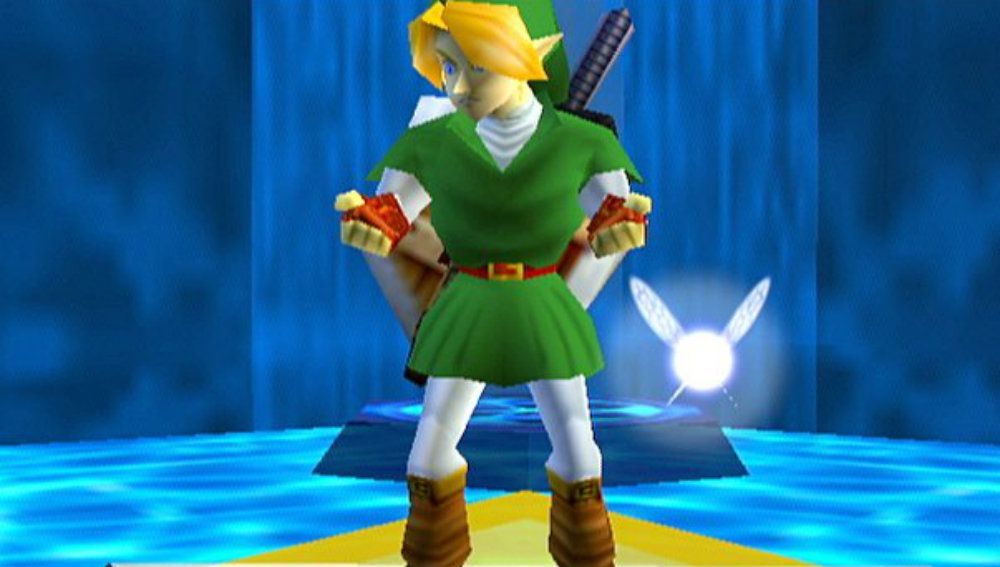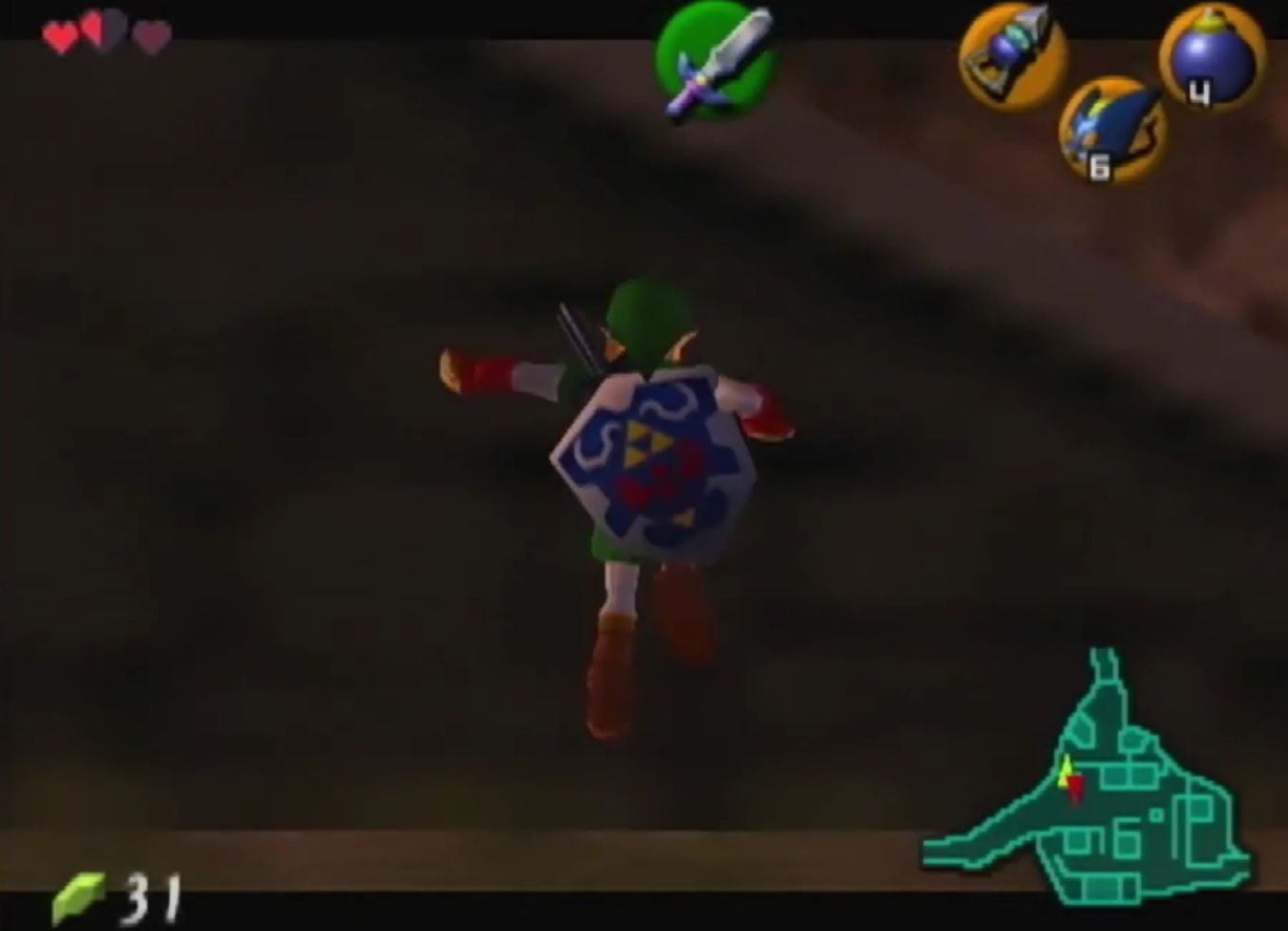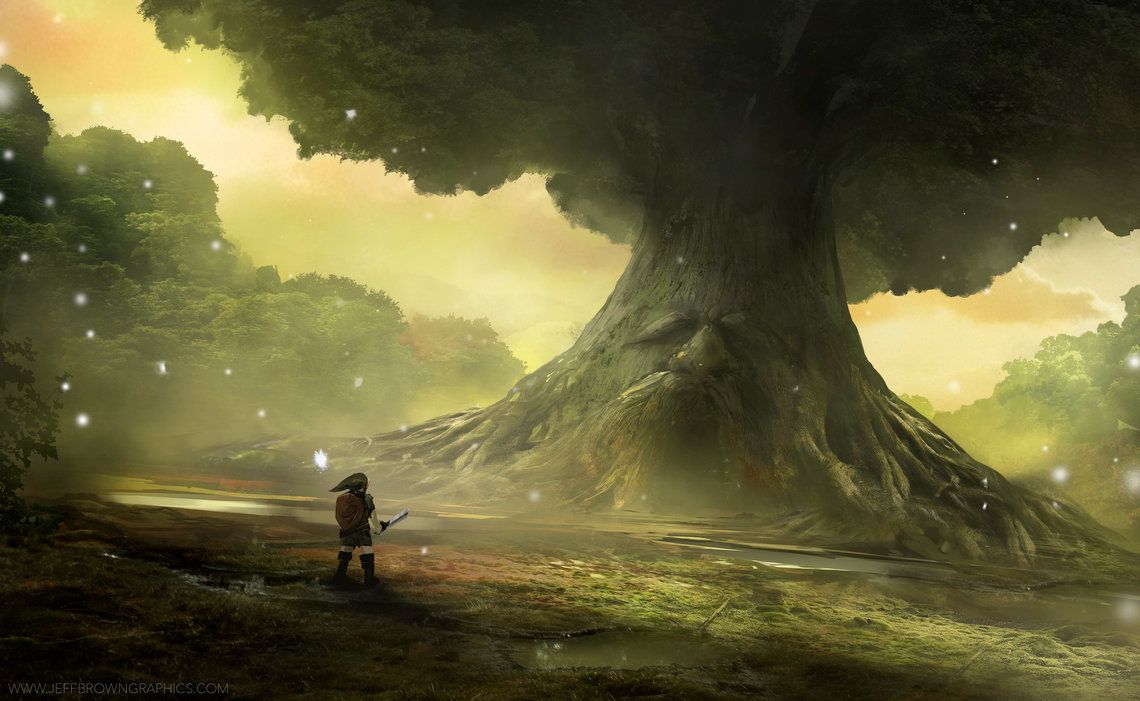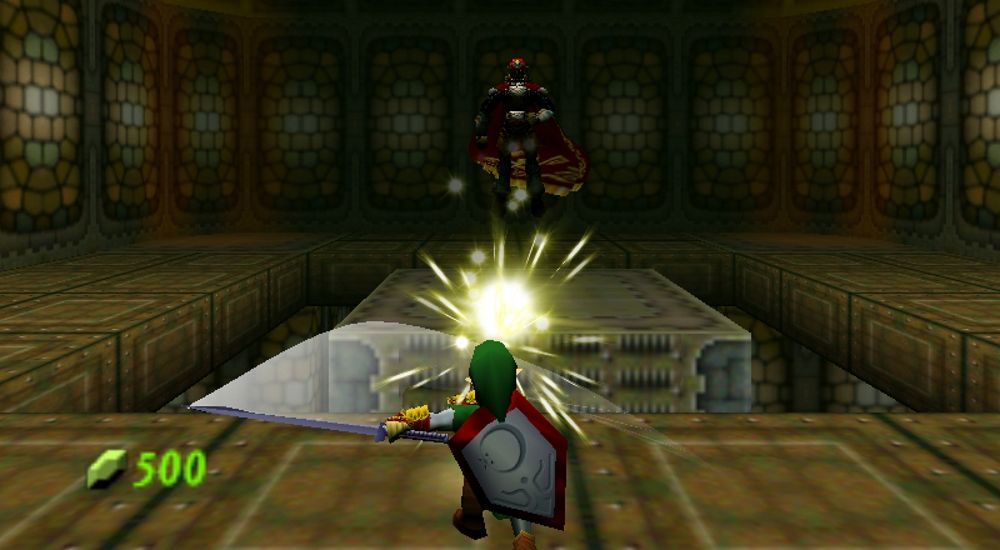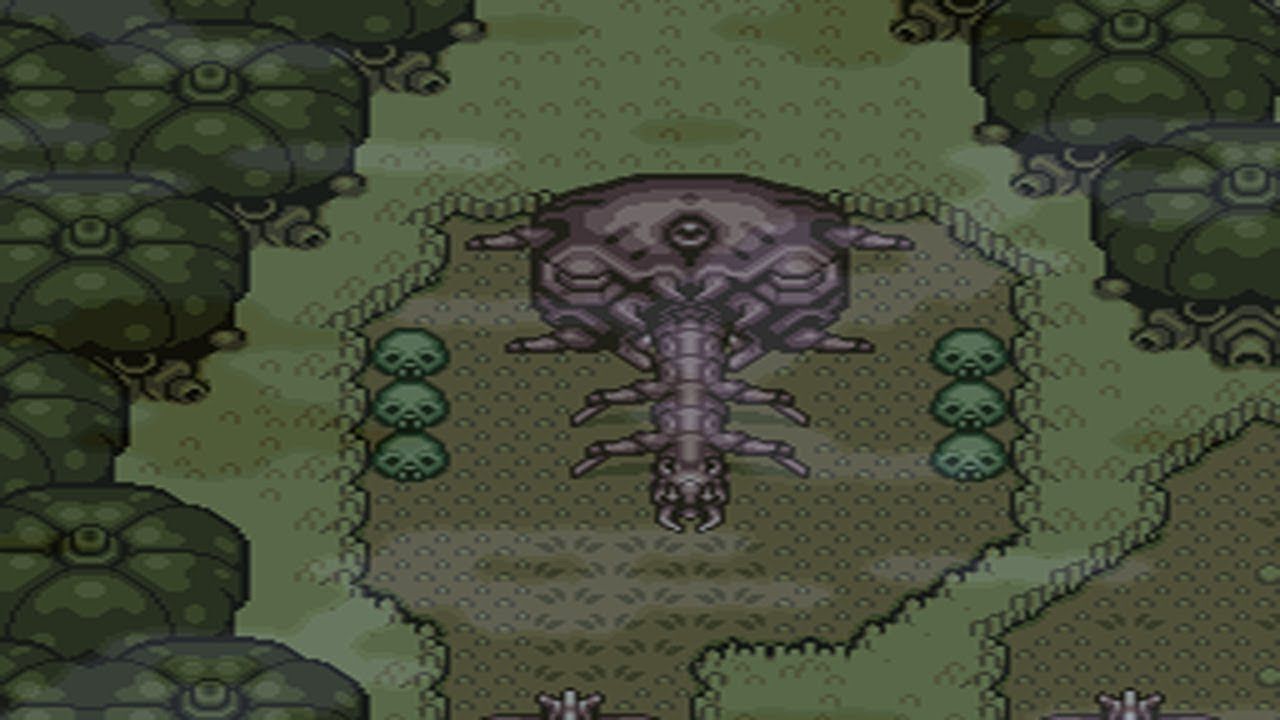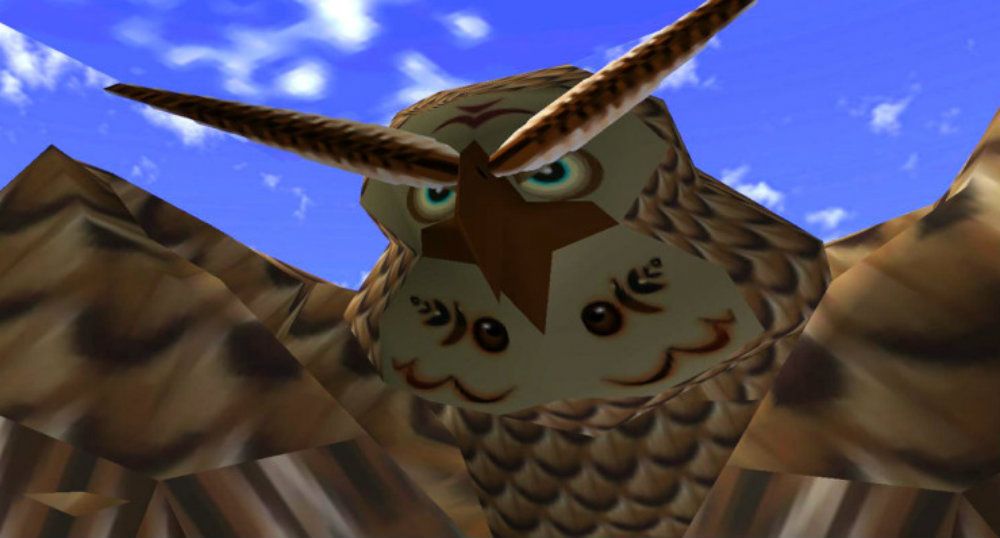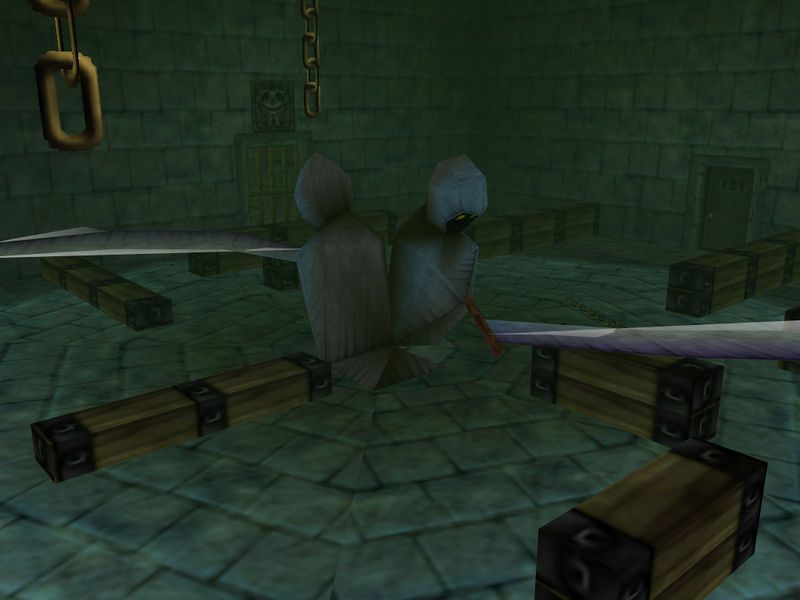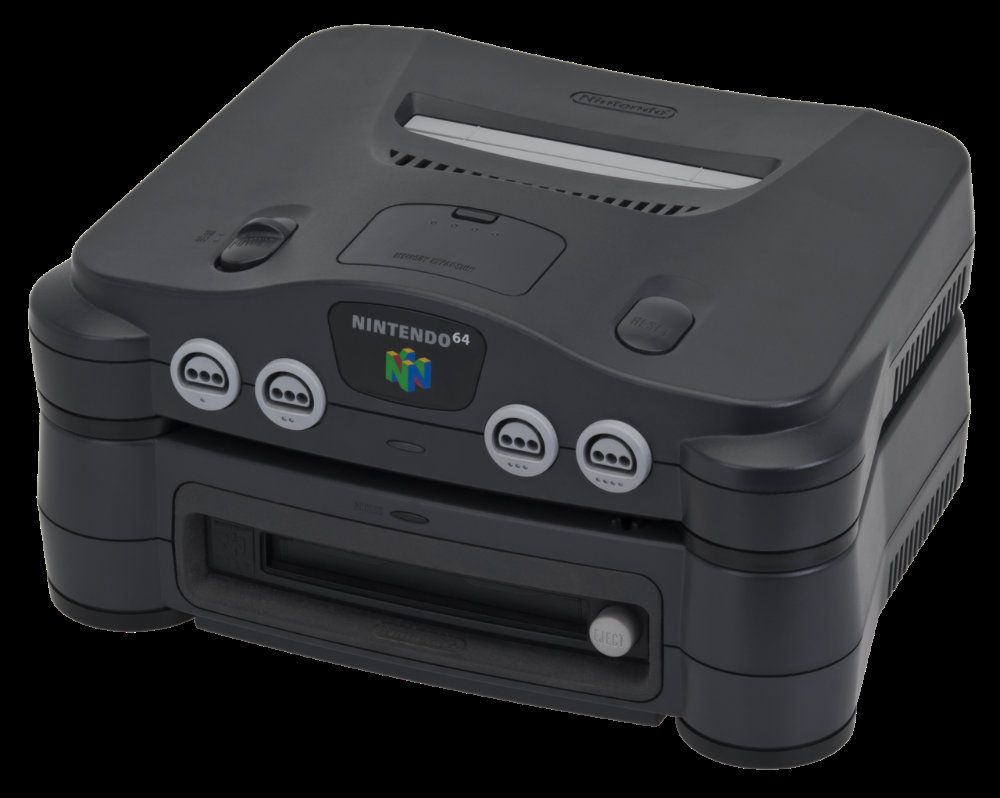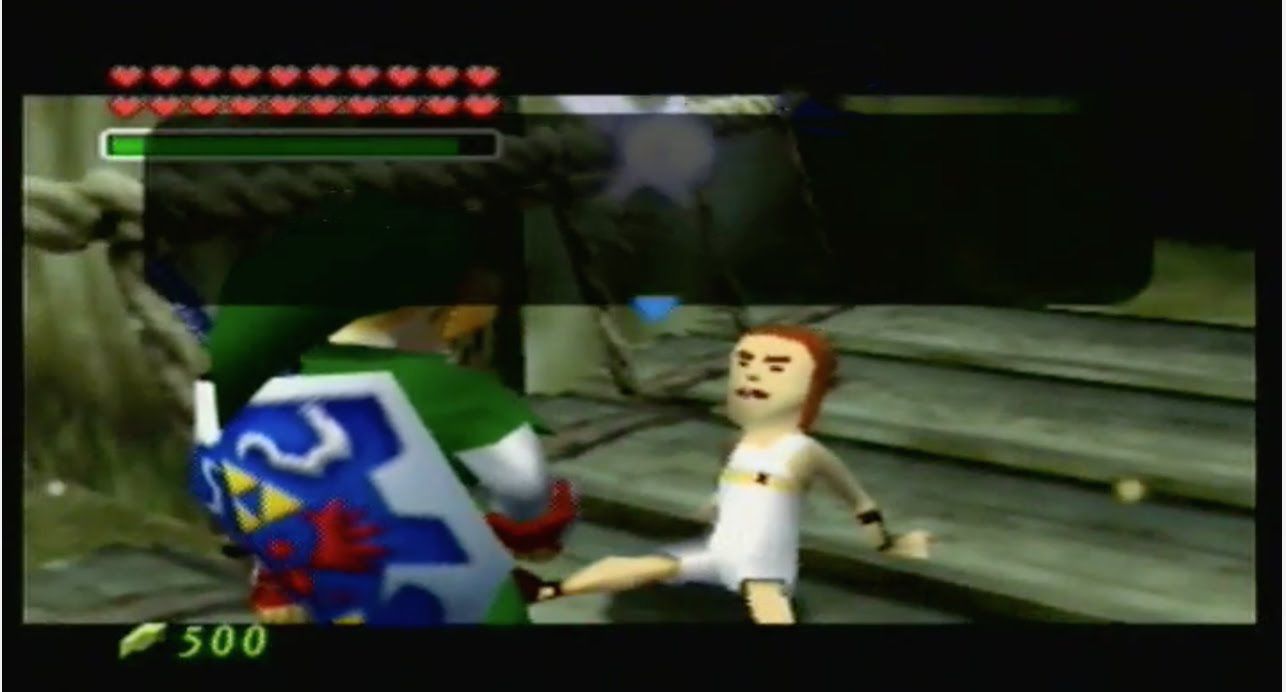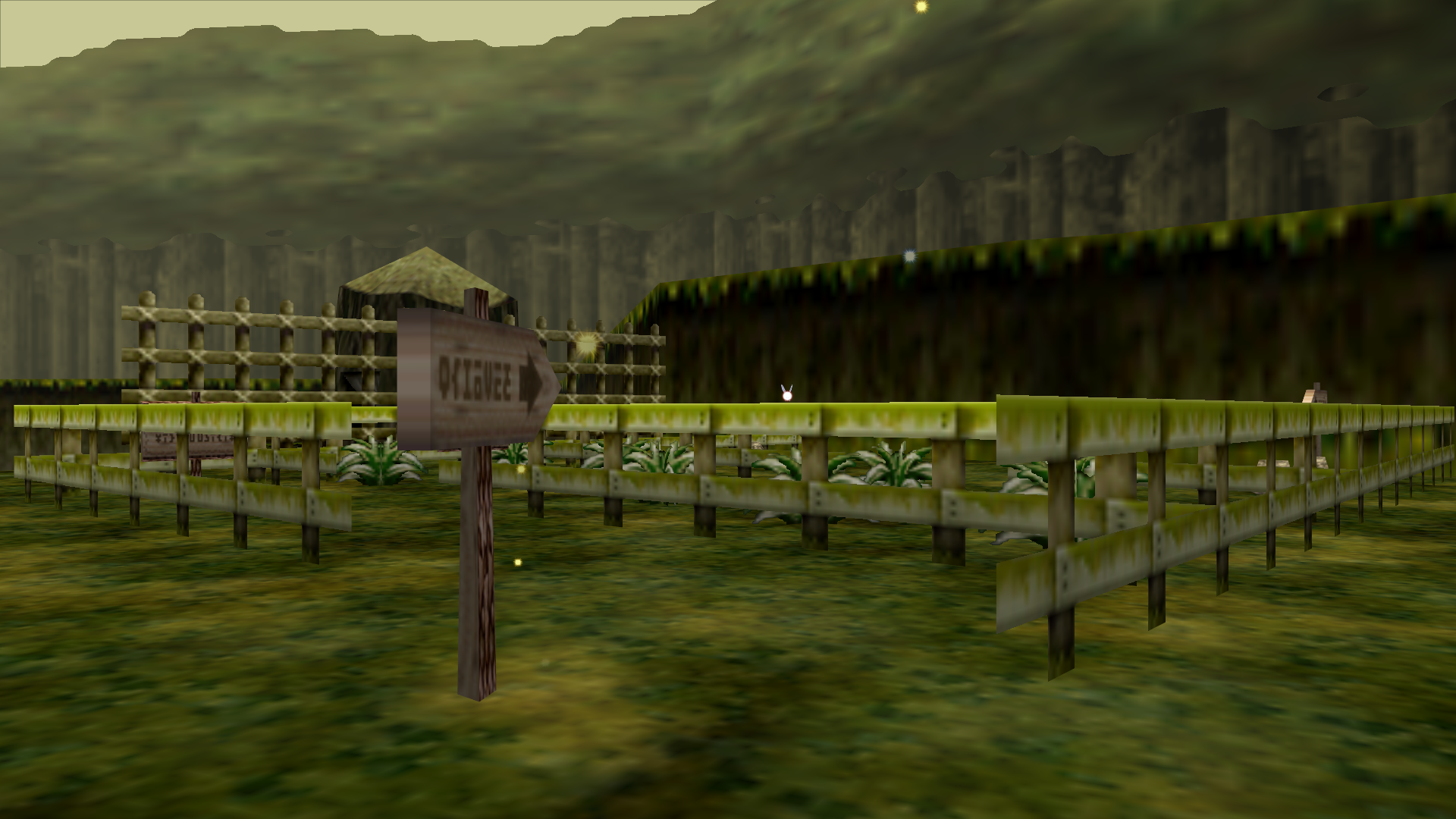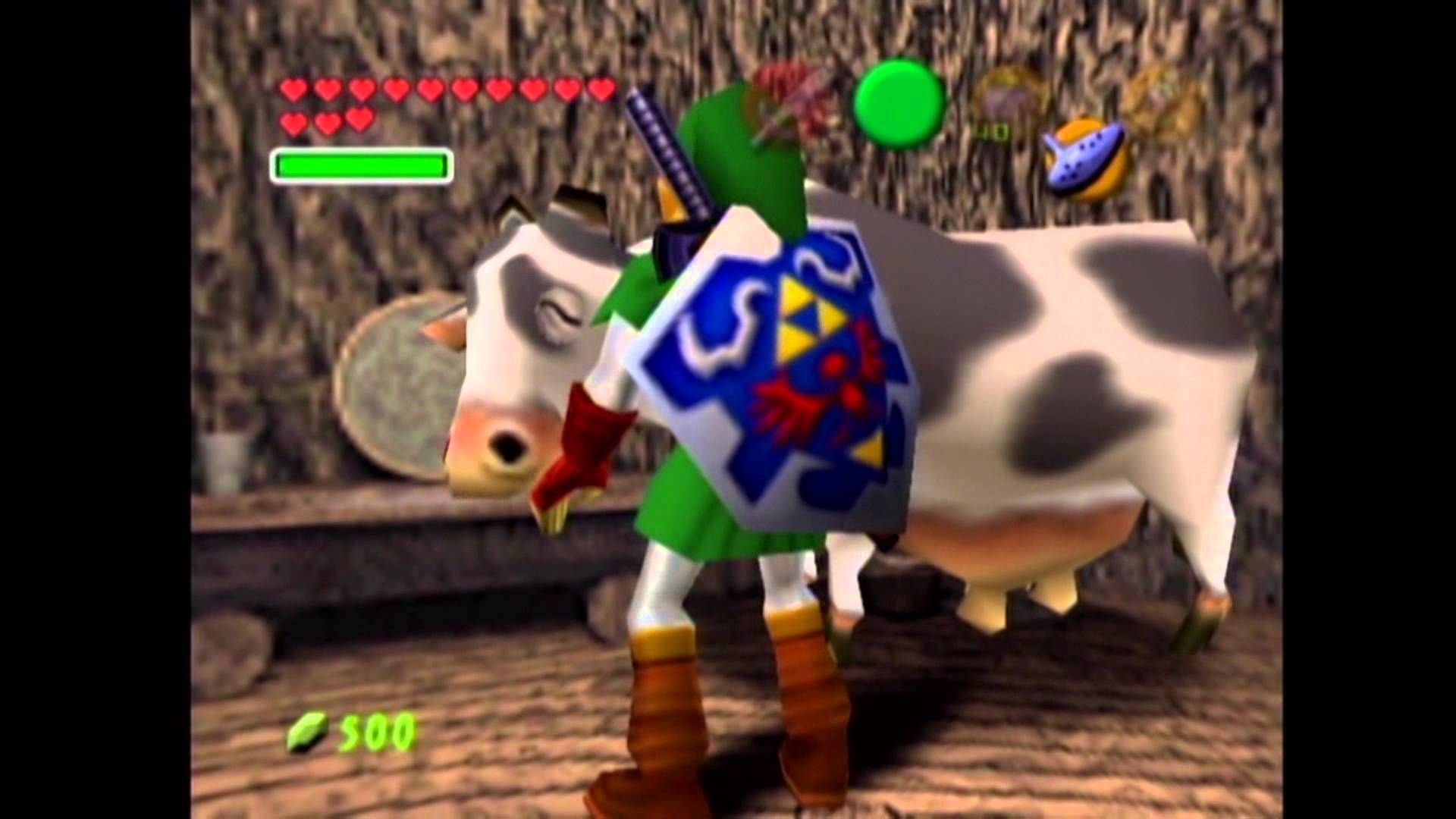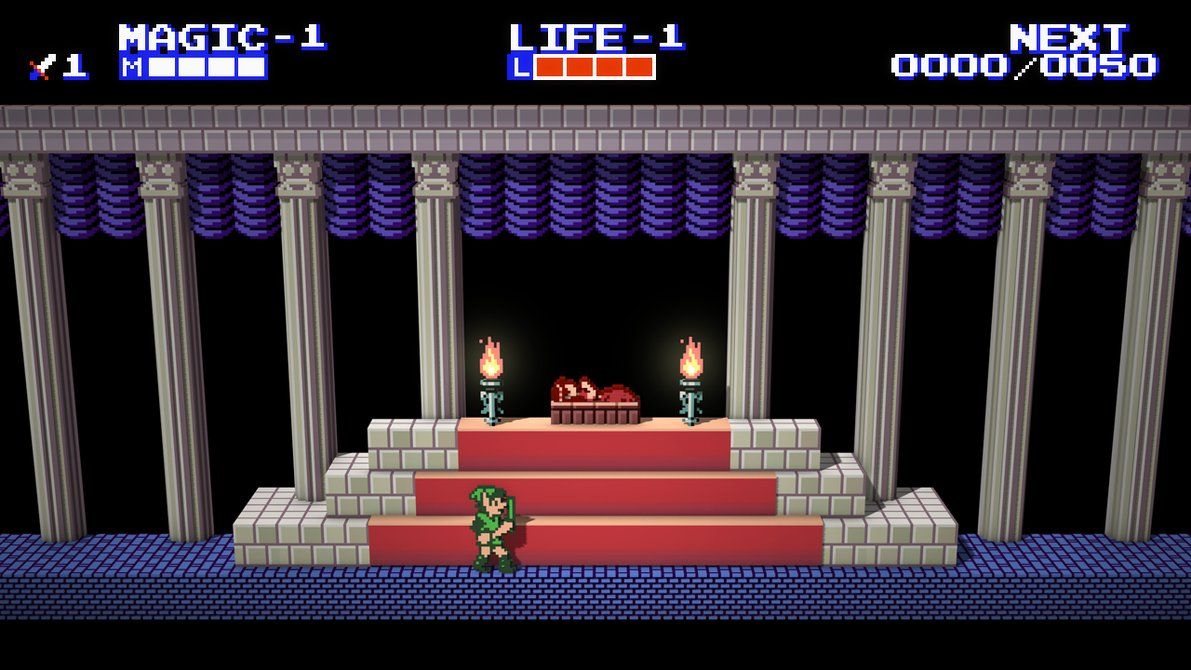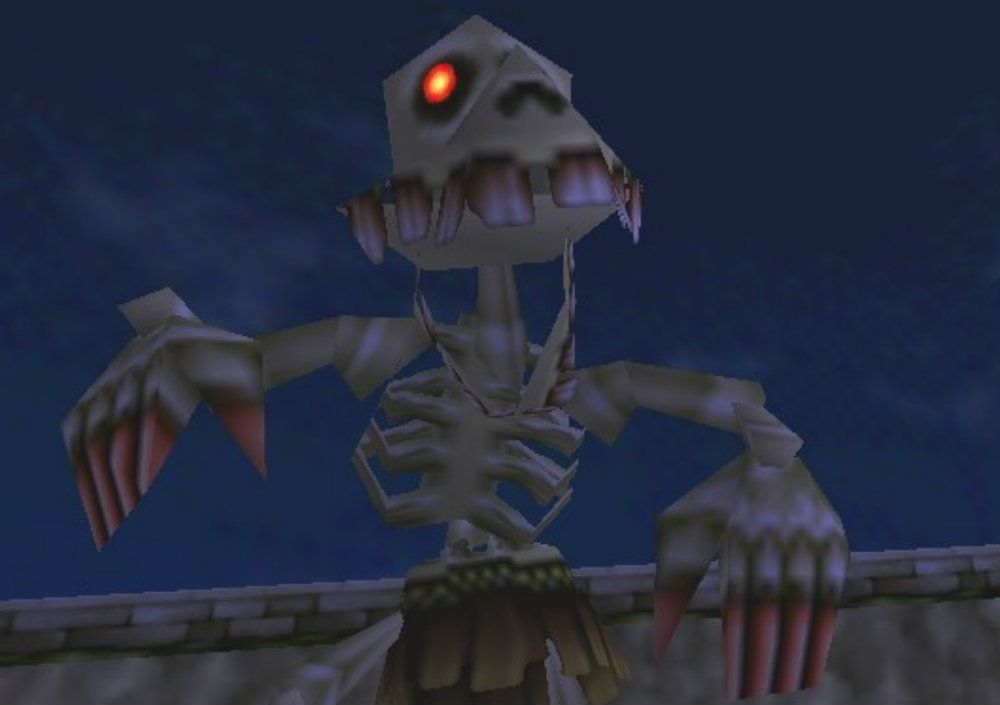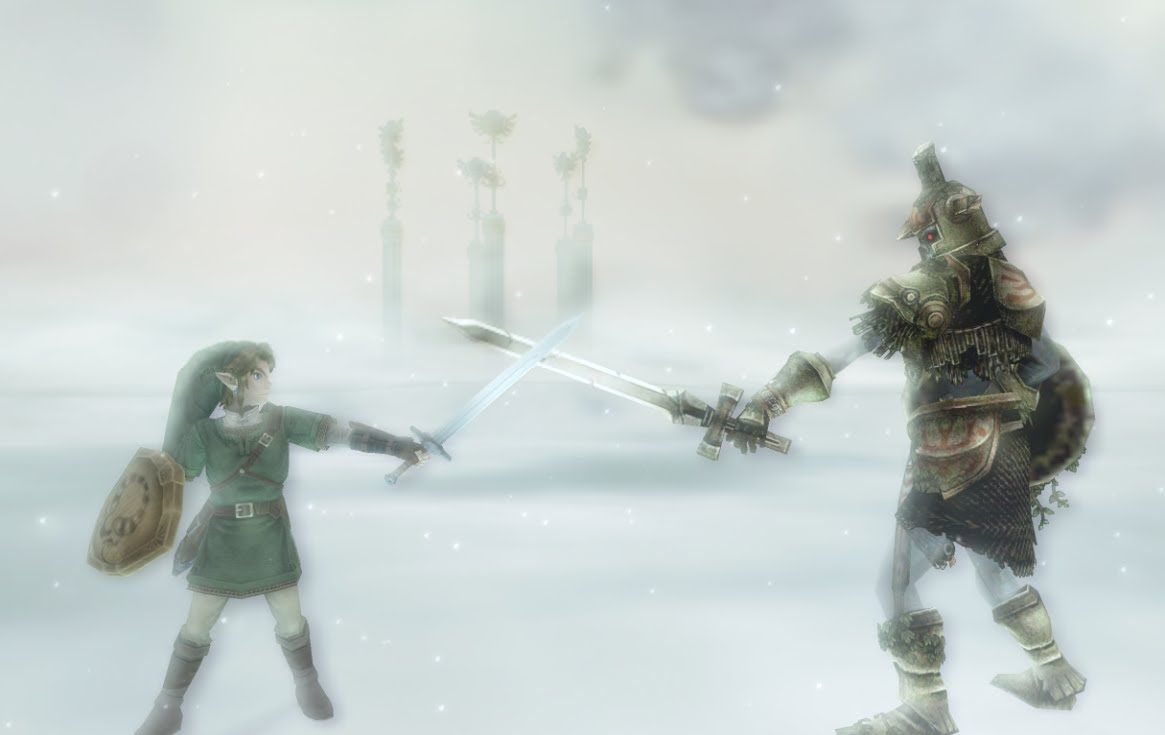As it goes with any other form of media, there are certain video games that are universally considered among the best ever made. And just as few people dispute, say, The Godfather and Citizen Kane being two of the best films of all time, or The Beatles being the one of the best bands of all time, so too does The Legend of Zelda: Ocarina of Time have its rightful place among the generally-agreed-upon greatest video games in history.
In the mid-1990s, a lot of video game companies struggled to make the transition to 3D, and not all franchises survived the evolution. Nintendo, however, made it look easy, absolutely knocking it out of the park with both Super Mario's and Zelda's introduction into the world of polygons. In fact, both games are still considered some of the best in their respective series even 20+ years on.
Like most huge games, there is a lot to unpack about Ocarina of Time—and a lot of things that people think they know about the game but actually have completely wrong. We guarantee that even the biggest Ocarina fans and Zelda fans in general will find a few entries on this list that challenge things they thought they knew about this classic adventure. Just as people are still discovering secrets about it decades later, people also continue to repeat a lot of misinformation about Ocarina that just gets spread from one gamer to another. Hopefully this article helps to stop the flow of some of that bad information.
25 Myth: The Game Was Link's Debut As A 3D Character
It seems like a given that Ocarina of Time introduced the world to the first 3D model of Link, as it was the first 3D Zelda game. As it turns out, Link had a previous 3D model that appeared in an earlier Nintendo game—and it wasn't even a Zelda game.
As shown in the picture above, there is a moment in Donkey Kong Country 2 where Cranky Kong shows off his video game heroes—and one of them is none other than the Hylian hero, in all his primitive-3D-rendered glory.
24 Myth: It's The First Game Chronologically In The Zelda Canon
There is a lot of contention over the supposed "canon" of the Zelda series, with fans and even members of the Zelda development team at odds with each other about whether the games should be connected or whether it's a stretch to try and tie them together.
Be that as it may, Nintendo has released an official Zelda canon.
And while a lot of people believe Ocarina is the earliest game in the timeline—and it once was—that distinction actually belongs to Skyward Sword. However, Ocarina does remain the first appearance of primary series antagonist Ganon(dorf).
23 Myth: Navi Isn't Actually A Real Character
Hey! Listen! Navi quickly became the bane of gamers' existence—and is now a frequent meme target—due to the fairy's constant insistence that Link pay attention to all kinds of random nonsense. It feels as though she really only exists as a tool to teach players about Z-targeting and to give them hints.
However, Navi is intended to be a legitimate, fleshed-out character—and was even originally going to have actual humanoid features until the technology of the time made that impossible. Moreover, in the Ocarina of Time manga, Navi even professes her love for Link at one point.
22 Myth: You Can't Defeat Skull Kids
While a specific Skull Kid becomes one of the primary characters of Ocarina follow-up Majora's Mask, they seem to exist in Ocarina only to be a nuisance and/or to win a piece of heart from. Either way, they are an annoyance that Link has no choice but to deal with and try to avoid whenever one comes around.
If you hate Skull Kids enough that you wish you could defeat them—well, you can!
It's not easy, but Skull Kids actually can be beaten in Ocarina—and the 200-rupee prize for doing so makes it worth the trouble.
21 Myth: The Game Was Built Around Hyrule Field
We all remember the first time we saw Link riding Epona across Hyrule Field—at the time it felt like a massive, almost limitless plains with which to explore. And while it stands to reason that the game was built around Hyrule Field from the start—like most Zelda games before it—it almost wasn't in the game at all.
Shigeru Miyamoto originally conceived of Ocarina taking place inside of a giant version of Ganondorf's castle, but that idea was eventually nixed. To be honest, though, that sounds like an intriguing setup for a Zelda game...
20 Myth: Grinding For Rupees Is The Way To Get A Hylian Shield
What is Link without his trademark Hylian Shield? The moment you realize it exists within Ocarina and you discover where it is and how to get it, that becomes your primary goal until you achieve it. 80 hard-won rupees later, and the Hylian Shield is yours.
But what if there was a better, quicker way to get it?
All you have to do is visit the graveyard in Kakariko Village at night and check out all the graves until you find the one that houses another Hylian Shield... for the low, low cost of absolutely free.
19 Myth: The Older Link Is An Adult
The crux of Ocarina of Time is built on a time-travel narrative that involves Link at two different periods of his life. Those two versions of Link are most commonly referred to as "Young Link" and "Adult Link."
The thing is, the older Link is only 16—hardly an adult.
Obviously, calling him "Old Link" or "Teenager Link" would be silly. But the problem with the adult label is that a lot of fans get mad whenever a Zelda game doesn't star "Adult Link"—in actuality, Link is almost never actually an adult in any of his games.
18 Myth: The World Was Designed With Auto-Jumping In Mind
Breath of the Wild was the first time Link could jump on command in a 3D Zelda game. Prior to that, all he could do was automatically jump whenever he stepped off a ledge of any kind—and the perception is that Ocarina, the debut of the Zelda auto-jump, was built with that in mind.
The truth is that, for much of Ocarina's development, there was a dedicated jump button just like Super Mario 64. But Miyamoto eventually decided to streamline the already-complex (for their time) controls, and that Link should just auto-jump to keep things simple.
17 Myth: Link Was Raised Without A Parental Figure
While the nature of Link's parental guardians changes a bit from game to game, he almost always has parents that have passed away and he has to be raised by someone (or something) else. Most people say that in Ocarina, Link was just kind of raised by the while village.
After all, it takes a village to raise a Hero of Time.
But those people missed out on what the game flat-out states, which is that the Great Deku Tree essentially raised Link himself after Link lost his parents. Just because he's a tree, doesn't mean he wasn't a dad.
16 Myth: Only The Master Sword Can Deflect Ganondorf's Attack
With the possible exception of the Triforce, no object or item within the Zelda universe is presented as being more important and powerful than the Master Sword (or whatever it might be called in a particular game). In most Zelda games, the Master Sword is required for Link to be able to defeat Ganon and perform specific tasks during the battle with Ganon.
Ocarina implies that only the Master Sword can deflect Ganondorf's balls of energy back at him. Funnily enough, Link can actually just use a regular ol' empty bottle do that. See, Ganon isn't so tough...
15 Myth: The Game Was Our First Visit To The Sacred Realm
One of the things that we (thought we) were introduced to was the Sacred Realm, the mystical land that we enter through the gates of time and wherein Ganondorf must be sealed away.
What most people don't realize is that the dark version of Hyrule that is featued in A Link to the Past is actually that very same Sacred Realm, only it has been corrupted by Ganon after being trapped there. A lot of people point out that Ocarina feels kind of like a psuedo-remake of A Link to the Past, and this fact lends further credence to that.
14 Myth: The Owl Has No Significance Beyond Gameplay Hints
Early on in Ocarina, Link encounters a mysterious talking owl who not only seems to know a lot about Link and his quest, but also has fourth wall-breaking knowledge of actual game mechanics. No big thing—a lot of games have a tutorial that is embodied by an in-game character that seems to serve no other purpose of function.
This owl, however, is more than just a hint dispenser.
Nintendo has said that the owl is actually the reincarnation of Rauru, the Sage of Light, which would explain why he seems oddly familiar with Link.
13 Myth: It's Not One Of The Darker Zelda Games
When people talk of the darker installments of Zelda, they usually default to Twilight Princess or Ocarina successor Majora's Mask. But Ocarina is a much darker game than it seems—maybe even the darkest in the series.
Many of Ocarina's darker elements are obscured by the game's simple graphics—it's easy to miss the blood-soaked torture chamber, for instance. There were also things that were softened by the North American localization, such as the inference that the Shadow Temple literally takes place in... well, the opposite of Heaven. Yikes!
12 Myth: Uru Zelda/Master Quest Was Originally An Expansion Pack
We first heard of the planned "Uru Zelda" when the 64DD add-on was first being hyped, being advertised as a literal expansion pack to Ocarina. It was eventually cancelled when the 64DD flopped.
Uru Zelda was then later reworked as "Master Quest" for a Zelda compilation on Gamecube.
But it was never intended to be an Ocarina add-on, with that myth largely attributed to information that was misheard in translation. Miyamoto later confirmed that Uru Zelda was always intended to be a separate game that just borrowed some of Ocarina's assets, as they did with Majora's Mask.
11 Myth: The "Running Man" Can Be Legitimately Beaten
We all tried over and over (and over) again to beat the "Running Man" in Ocarina in a race, but never quite seemed to be able to do it.
And all of that effort was in vein, as the game is designed so that the Running Man always finishes the race at least one second ahead of Link. Some people have posted footage and/or screenshots that seem to show them winning the race and have made people believe it is possible—but rest assured, it was always achieved via hacking or glitching of some sort.
10 Myth: Signs Break Apart At The Point Where They're Cut
Zelda games are as much about finding little things to do to waste time as they are about actually attempting legitimate tasks. And one of the time-wasters that people immediately discovered in Ocarina was the ability to hack signs in half—especially when the signs seemed to break exactly how they were cut, which is very satisfying.
The effect is completely faked, however.
The designers programmed a bunch of pre-determined ways that the signs could break apart, and the game tries to guess which of those is closest to how the sign was cut. It is not a one-to-one reaction.
9 Myth: Lon Lon Milk Has To Be Purchased
Lon Lon Milk is very useful in Ocarina, and is arguably the most effective way to refill Link's hearts without beating a boss or getting a full heart container. The only downside is that it costs rupees.
But only chumps actually pay for Lon Lon Milk.
Instead, all Link needs to do is position himself near one of the cows on the ranch, take out his ocarina, and play "Epona's Song." The cows are so moved by the tune that they will spontaneously give you milk for free (as long as you have an empty bottle on hand).
8 Myth: It Was Nintendo's First Attempt At A 3D Zelda Game
Obviously Nintendo had no reason to even conceive of a 3D Zelda game before they knew the N64 was in the works, since that was their first true 3D system...right?
Though primitive, the SNES did, in fact, dabble in 3D games via titles like Star Fox and Stunt Race FX. The Zelda team thought that they'd be able to parlay that into a 3D Zelda game for the SNES—though strangely, it was going to be a side-scroller like Zelda II.
If it all seems like a bad idea, well it was—which is why it didn't happen.
7 Myth: All Of The Enemies Are Ganondorf's Minions
We are told that Hyrule would be a peaceful, monster-free land if it weren't for Ganon's influence—and that any enemies we encounter are either created by Ganon or are at least one of his direct henchmen.
But as we are told in Ocarina, adults who get trapped for too long in the Lost Woods eventually turn into Stalfos, the game's skeleton-like creatures. Which means that there's a pretty good chance that at least some of the Stalfos we encounter have no connection to Ganon at all—they just had the misfortune of being the victims of a cursed forest.
6 Myth: Link From Ocarina Only Returns For Majora's Mask
Most Zelda games—despite the loose overall connection—don't directly relate to each other. There are a few exceptions to his, of course, with the most notable being the connection between Ocarina and Majora's Mask, and both games starring the same Link.
But Ocarina's Link actually makes an unprecedented third game appearance.
In Twilight Princess, Link encounters a knight called Hero's Shade, who we discover is the embittered former Hero of Time—which literally makes him Ocarina's Link, only many years later. Cue the Keanu Reeves "Woah" meme.

